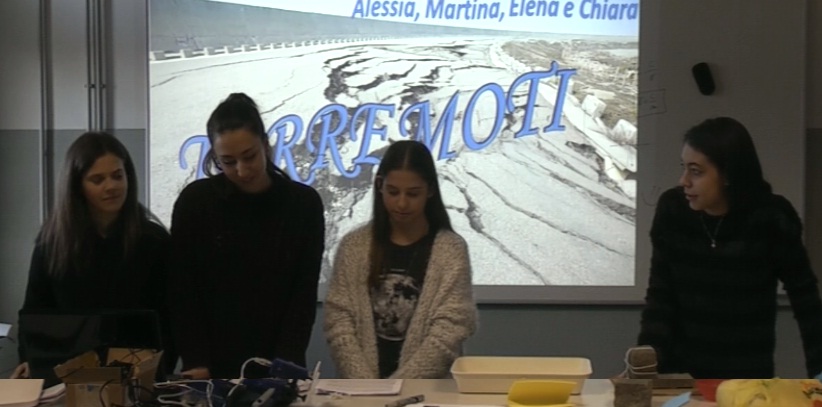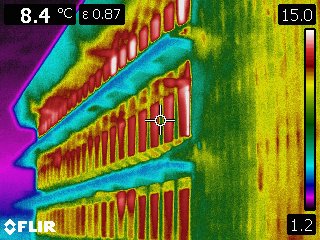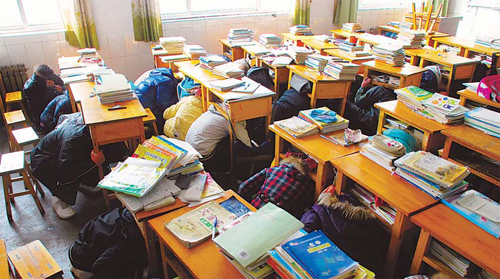Earthquake Safety Rules

Here are some things to do to prepare for an earthquake and what to do once the ground starts shaking.
Safety Tips
-
Depending on when and how they were designed, built, and furnished, existing school buildings may have weaknesses that make them more vulnerable to earthquakes. Check with your local experts to find out whether, and for how long, your schools have been subject to building codes containing seismic design provisions.
-
It is also important to know whether and for how long local seismic code provisions have addressed nonstructural building components ( light fixtures, suspended ceilings, windows, partitions). Nonstructural seismic weaknesses can prove particularly dangerous, costly, and disruptive in schools.
-
Have an earthquake readiness plan.
-
Safety training for staff and earthquake curricula for students should emphasize safe places to "drop, cover, and hold on" during earthquake shaking and safe locations where people can rendezvous when the shaking has stopped and it is safe and advisable to evacuate.
-
Periodic earthquake drills should be held to give students and staff opportunities to practice what they have learned and condition themselves to react spontaneously and safely when the first jolt or shaking is felt.
-
Build Disaster Resilience in the Community
With their capacity to inform, empower, and motivate the citizens of tomorrow, schools have unique opportunities to broaden popular awareness and understanding of earthquake hazards and of how to reduce the risks that these hazards pose for individuals, families, organizations, and communities.
Activity1 : students use a physical model to investigate the effectiveness of different properties for base isolators.
https://www.sciencelearn.org.nz/resources/355-best-base-isolator

Activity2 :building diagnosis using thermography
http://www.flir.com/instruments/building/display/?id=49417


Activity3: Earthquakes and engineering in the classroom see
Activity4: earthquake drill using allert app
Getting ready for an earthquake see
Earthquakes safety tips see
or
http://www.shakeout.org/downloads/ShakeOutDrillManualSchools_v2.pdf

If Shaking Begins
When earthquake shaking begins, it is time for school students and staff to immediately apply what they have learned about what to do during an earthquake. Reacting promptly and safely reduces your chances of being injured.
-
Do not panic, keep calm.
-
Drop down; take cover under a desk or table and hold on.
-
Stay indoors until the shaking stops and you're sure it's safe to exit.
-
Stay away from bookcases or furniture that can fall on you.
-
Stay away from windows. In a high-rise building, expect the fire alarms and sprinklers to go off during a quake.
-
If you are in bed, hold on and stay there, protecting your head with a pillow.
-
If you are outdoors, find a clear spot away from buildings, trees, and power lines. Drop to the ground.
-
If you are in a car, slow down and drive to a clear place. Stay in the car until the shaking stops.
After an Earthquake:
-
If you are trapped, do not move about or kick up dust.
-
If you have a cell phone with you, use it to call or text for help.
-
Tap on a pipe or wall or use a whistle, if you have one, so that rescuers can locate you.
-
Once safe, monitor local news reports via battery operated radio, TV, social media, and cell phone text alerts for emergency information and instructions.
-
Be prepared to “Drop, Cover, and Hold on” in the likely event of aftershocks.